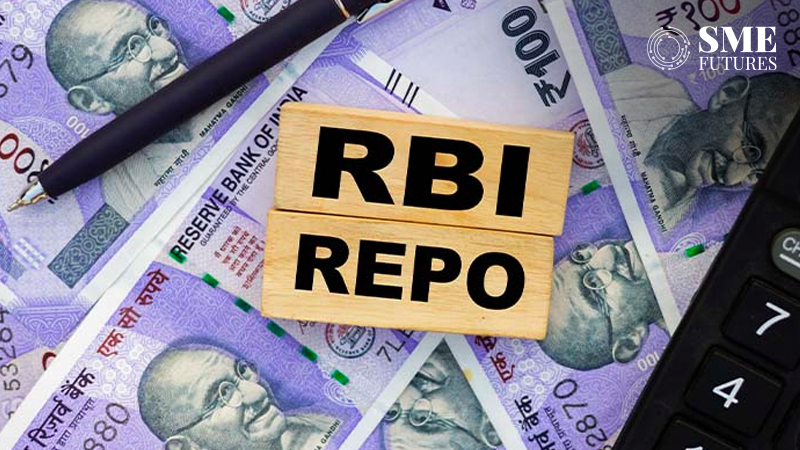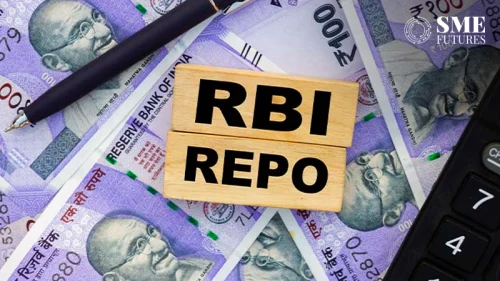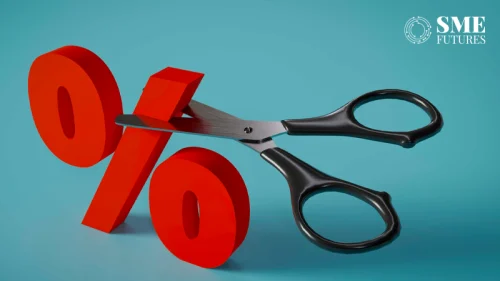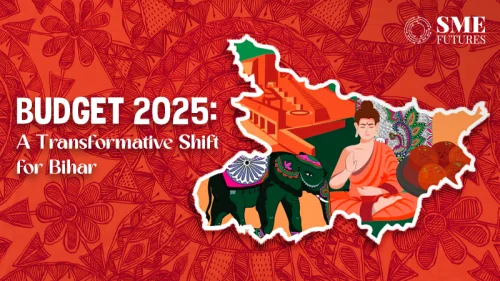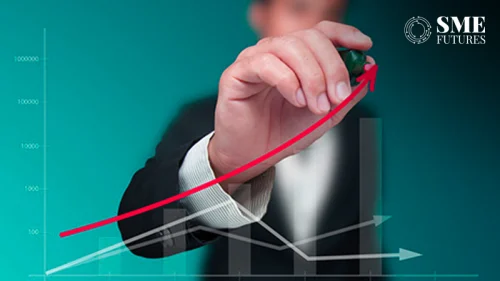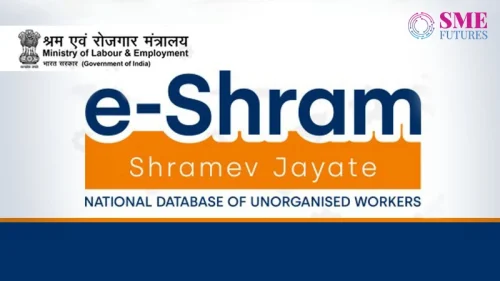The meeting of the Reserve Bank of India’s (RBI) Monetary Policy Committee (MPC) is going to be one of the most significant in recent times. With global financial uncertainties, domestic economic headwinds, and a newly appointed RBI Governor at the helm, the central bank’s decision on interest rates and liquidity management will have far-reaching implications for India’s economic trajectory.
Goldman Sachs has predicted that the RBI will cut the repo rate by 25 basis points (bps) in its February 2025 MPC announcement. This anticipated move aligns with the growing concerns over slowing economic growth and the need for monetary easing. According to Santanu Sengupta, India economist at Goldman Sachs, the economic outlook remains uncertain, and policymakers must navigate multiple macroeconomic factors carefully.
The Indian economy has witnessed a slowdown in the current fiscal year, with GDP growth estimated to decline to 6.4 per cent from 8.2 per cent in FY24. The benchmark repo rate has remained at 6.50 per cent since February 2023, and there are increasing calls for a policy shift to support economic growth.
SBI economists also expect the RBI to announce a 0.25 per cent rate cut in February, with a cumulative rate cut of 0.75 per cent over the year. Their research suggests successive rate cuts in April 2025, followed by another round in October 2025, creating room for monetary easing.
Inflation and currency dynamics
While headline inflation moderated to 5.2 per cent in December 2024 and is expected to decline further to 4.5 per cent in the coming months, concerns remain about its sustainability. The rupee has depreciated to 87 against the U.S. dollar, primarily due to global monetary shifts and capital outflows.
Suman Chowdhury, Executive Director & Chief Economist at Acuité Ratings & Research, highlights that “The change in the U.S. government has dramatically altered expectations regarding the Fed’s monetary policy, leading to a stronger dollar and capital outflows from emerging markets like India.” The RBI, therefore, faces a complex challenge of balancing inflation control, currency stabilisation, and economic growth.
Liquidity and fiscal coordination
Another crucial aspect of this MPC meeting is liquidity management. The RBI’s recent liquidity injections indicate that durable liquidity at the end of FY25 may be around ₹0.6 lakh crore, with system liquidity in a surplus of ₹1 lakh crore. However, the SBI Research report stresses that the RBI Liquidity Framework needs revisiting, as tight liquidity could impact credit flow to businesses.
The government’s fiscal policies in the 2025-26 Union Budget, which include tax cuts and increased middle-class disposable income, have provided an impetus to consumption. With fiscal stimulus driving demand, the burden on monetary policy to stimulate growth has somewhat reduced.
Policy outlook: Rate cut now or later?
Given the economic conditions, the RBI faces a critical decision—whether to cut rates now or adopt a wait-and-watch approach. Some experts believe that while monetary easing is necessary, it may be prudent to hold off on rate cuts until April 2025. Chowdhury suggests that “there is a case for the RBI MPC to support fiscal initiatives through liquidity measures like Open Market Operations (OMO) and even a Cash Reserve Ratio (CRR) cut at this juncture, while postponing a rate cut.”
Why this MPC meeting matters
1. First MPC Under New RBI Governor: This meeting marks the first under Sanjay Malhotra’s leadership, setting the tone for his tenure.
2. Global Financial Landscape: With the U.S. Federal Reserve maintaining its current stance, the RBI has a window to assess inflation expectations.
3. Domestic Growth Concerns: Slowing GDP growth and moderate credit demand make monetary easing a key consideration.
4. Rupee Depreciation and Inflation Management: The RBI must balance its approach to ensure stability without stoking inflationary pressures.
The February 2025 RBI MPC meeting is pivotal for India’s monetary policy direction. While economic indicators point toward the need for a rate cut, the central bank must balance inflation risks, currency volatility, and fiscal policy support. The RBI’s decision will not only influence market sentiment but also set the course for economic stability and growth in the months ahead.

